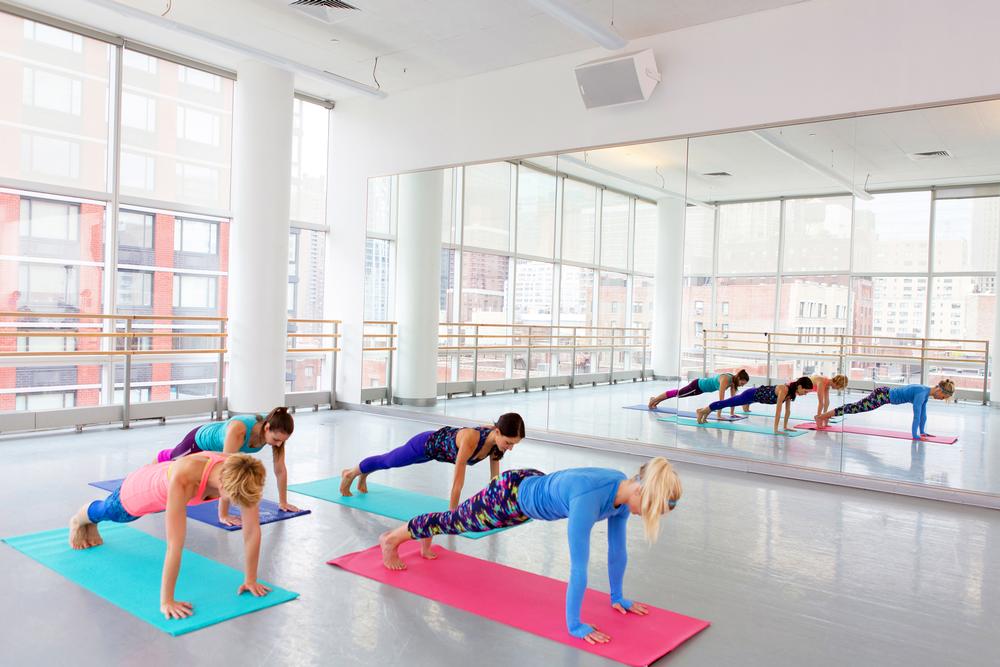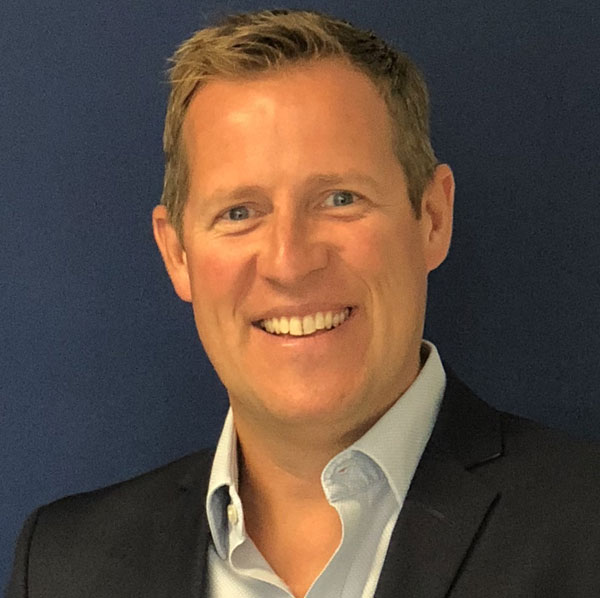What is ClassPass?
It’s a monthly fitness membership programme that allows people to take classes at different studios and boutique clubs. For US$99 a month, people have access to an unlimited number of classes – but they can’t do the same class more than three times a month.
We’ve built the product for the dabbler who wants variety; our members love ClassPass as it gives them chance to try something new. But if users find the studio that’s their ‘home’ and only want to work out there, then they should pay the full amount directly to the studio.
We integrate with all the studios, so once someone hits ‘reserve’ on our site or app, it goes seamlessly into their portal.
Where did the idea come from?
When I was looking for a ballet class in New York, I became frustrated by the long-winded technology experience. I wanted to create an easy to use, flexible product that would allow people to stay connected to their activities and passions post-college life.
How long did it take to bring the concept to fruition?
I had the idea in April 2013 and it was launched in June 2013: as an entrepreneur you have to act quickly.
Who is your target market?
It was predominantly females, but now we’re starting to see more males enter the market. The age varies from early 20s to mid-40s, with 65 per cent of our users new to fitness.
How often do people use it?
The average for the gym industry is five or six times a month, but we’re higher than that. We don’t reveal our exact numbers, but we’ve done five million reservations across our platform since we launched in 2013, all driven by social media and word of mouth.
What challenges did you face when launching ClassPass?
You need to engage both sides – the studios and the customers – and they need to work in conjunction with each other. A lot of it was just finding the right product that would sell on both sides. In fact it was easy to sell to the studios, because the concept works well for them: they have excess capacity they want to fill. From a customer perspective, many people fear entering a new place and trying a new workout – we’ve taken away that friction.
How do you choose which clubs to work with?
We look online at the photos they present, the sort of workouts they offer, and the reviews and articles about them. The great thing about our platform is that we collect ratings and reviews right away and get feedback in real-time, so we know straight away if something isn’t on par with the ClassPass brand. Our ambassadors go to classes, but we also trust our users to feed back to us.
What is your studio empowerment programme?
Our belief is that fitness isn’t just about going to the gym, so our focus is on exploring and creating a way for people to connect with whatever moves them. To create that connection, our focus has been on building a strong network of partners – and with that in mind, we actually invest resources in our studios.
Through our studio empowerment programme, we’re now providing pre-payments to select studios to help them open their next location, creating more successful studio owners and more opportunities for people to attend classes.
So how does ClassPass make money?
Our members pay us a monthly membership fee. From this, we have various contracts with each studio in our network, and we make a payment to them each time we bring an attendee to one of their classes.
We’re also working on other revenue streams, as we believe there are a lot of services we can provide given the high levels of engagement we have with our customers.
How has it been funded?
So far we’ve raised US$54m. Early on we raised money through friends and family, but as we started getting more traction we attracted more angel investors. We’ve partnered with great investors including General Catalyst to ensure we have the financial resources to properly achieve our ClassPass vision.
How do you pitch the business to potential investors?
In the beginning, a lot of it was just based on my drive and my vision: I really wanted to get people working out and investors could see my passion. But the great part is that I barely have to pitch now, because they’ve usually heard about us already.
By the time we started raising large amounts of money, the numbers spoke for themselves. We significantly surpassed our forecasts. We used to show our projections and people would tell us there was no way we’d meet them. It was amazing to be able to go back and say we’d whipped through them and out the other side.
There aren’t many companies that can change behaviour, but our product has changed the way people live. Everyone can latch on to and understand that.
Why do you think ClassPass has been so successful?
It’s a product that forces people to live a better life. Everyone feels better when they exercise, and we’ve created a product that really makes people feel excited about working out.
It’s not even to do with losing weight, or vanity. It’s about finding time for yourself and finding that mind-body connection. That’s what keeps the ClassPass team focused and driven every single day.
How many clubs do you have in your portfolio now?
We have over 500 in New York – including Flywheel, Pure Barre and Exhale – and more than 5,000 across the world. We’re currently in 35 cities in the US, Canada and the UK.
Our latest launches were in London, UK, and Toronto, Canada, in March. It’s predominantly the same product but we’ve launched with a commitment model in London, so people sign up for three months or six months.
London and Toronto were obvious choices for roll-out, because we want to make sure we’re in all the hubs of the world. Within five years we’ll be in every major city. Next we’ll go to Australia, as well as parts of Asia and Brazil.
There’s still a lot of growth potential in New York too: we’re now beginning to work with the big box gyms, as well as trainers who have individual studios.
What are your short- and long-term goals for ClassPass?
We’re constantly evolving the product and the supply that we have, and are working on new experiences to introduce to the platform.
My mission for the company is to make the world more right-brained: I want people to connect with their passions, to have empathy and to live again. Fitness is a great way to get people going.
























































